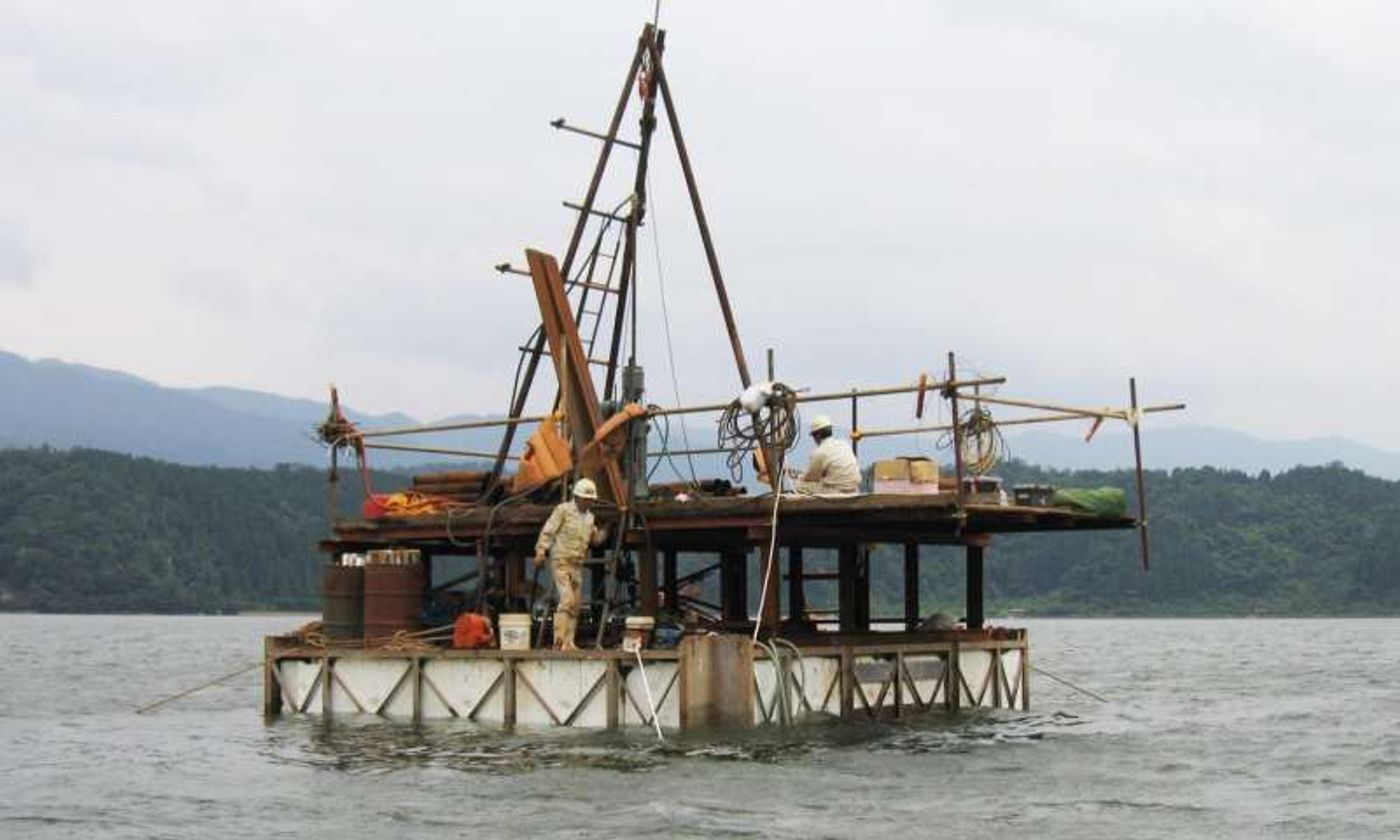Local climate changes found to affect regions on the other side of the globe
A new study published in Nature’s Scientific Reports from an international team of scientists at the GFZ German Research Centre for Geosciences has determined a complex interplay of cause-and-effect chains that took place in the planet’s climate during the Younger Dryas Stadial (YDS), a cold period of about one thousand and two hundred years at the end of the last glacial phase 12,800 to 11,600 years ago.
By analyzing sediments from Lake Suigetsu in Japan, the team has uncovered "teleconnections" (the linkages between remote places) that caused a sudden period of cold conditions in East Asia while the rest of the world (particularly Europe) had already turned towards. ScienceDaily explains how humid air masses in Europe transported moisture eastwards to Asia, resulting in heavy snowfall in central Asia. A thick snow cover cooled the air masses over East Asia, causing a stronger winter monsoon and a slightly weaker summer monsoon.
The study elaborates: “Here we present multi-proxy data from the sediments of Lake Suigetsu (Japan), as evidence that a related bi-partition of the YDS also occurred in East Asia. Besides showing for the first time that the bi-partition was not limited to the North Atlantic/European region, the data also imply a climatic dipole between Europe and East Asia since the cold-warm characteristics are reversed at Lake Suigetsu. We suggest that changes in eastward moisture transport from the North Atlantic are the primary mechanism by which the teleconnection can be explained.”
Achim Brauer, Head of the GFZ section Climate Dynamics and Landscape Evolution and Director of the Department Geoarchives says: "Little by little we come to understand the interplay between regional climate changes at the end of the last glacial phase. This brings us closer to our ultimate aim of anticipating regional impacts of future global climate change."’
The implications behind the findings from this study are obvious: by reconstructing such climate change telecommunications, we may be able to better understand local impacts of future climate change, to see how regional climate changes will influence each other.
Sources: Nature, ScienceDaily









